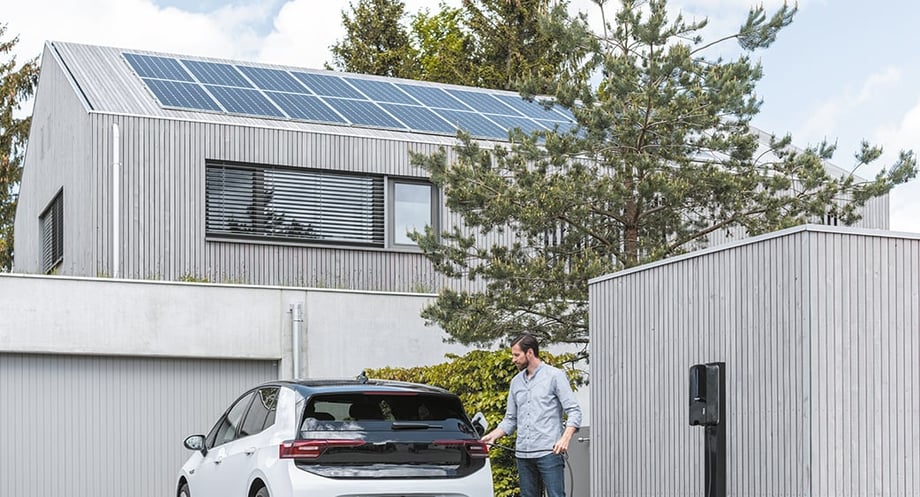
What bidirectional charging is and how you can use it for your home?
When you think about sustainability, you may imagine compost bins, eating plant-based foods and driving an electric car. Now, you can elevate your beliefs on conservation by implementing a bidirectional charging station in your home. Instead of keeping your vehicle plugged into the outlet all day and draining energy from your grid, a bidirectional charger can give some of that energy back — and even replenish your wallet.
This article will highlight what bidirectional charging is and how you can use it for your home.
Bidirectional charging defined
The idea for bidirectional charging came about when manufacturers looked at electric vehicles as one big battery capable of not only powering your car but also your home. Energy companies will charge more for using electricity during peak hours. This makes charging your EV during those times more expensive and contributes to big power surges. Instead, bidirectional charging can be scheduled during off-hours. Between those scheduled times, you can enable your EV to power your home or give power back to the grid for a price.
A bidirectional charging device
Think of bidirectional charging like the Samsung Galaxy 12. The Samsung Galaxy phones can become wireless charging stations for other compatible devices whenever necessary. A bidirectional charger is similar but on a much larger scale. Despite the complexities, a bidirectional charger simply charges and discharges energy to and from an EV.
Benefits of implementation
The concern surrounding at-home charging is the energy use implications on a grid-scale. However, a bidirectional charger balances the energy used to charge the vehicle and settles energy needs in the area, in the state or even the nation. It solves the issue of overconsuming energy and instead makes a plugged-in EV an energy bank that can stabilize electric grids.
Similarly, an EV can transfer energy from the vehicle to your home or another building. The bidirectional charger will convert the alternating current used for your car into direct current energy for the establishment. Thus, bidirectional chargers recycle energy instead of wasting it or using too much.
Saving (and making) money
Overall, by implementing a bidirectional charger for your vehicle, you can save money in a few different ways:
- Selling excess energy back to the grid.
- Leveraging energy tariffs.
- Becoming energy self-sufficient with onsite renewables (like solar panels).
You can sell your excess energy no matter if it comes from your own energy source, from your home’s power source or even your local charging station. A blog by Wallbox, a bidirectional manufacturer, notes studies done in the U.K. estimate that a homeowner could generate an additional 400 euro a year by selling energy back to the grid.
Plan for the future
You could be future-proofing your vehicle with bidirectional technology. There are only benefits to investing in a bidirectional charger. Both your wallet and your energy grid are waiting for you to take the leap.
Learn more here and take the leap with Webasto.

